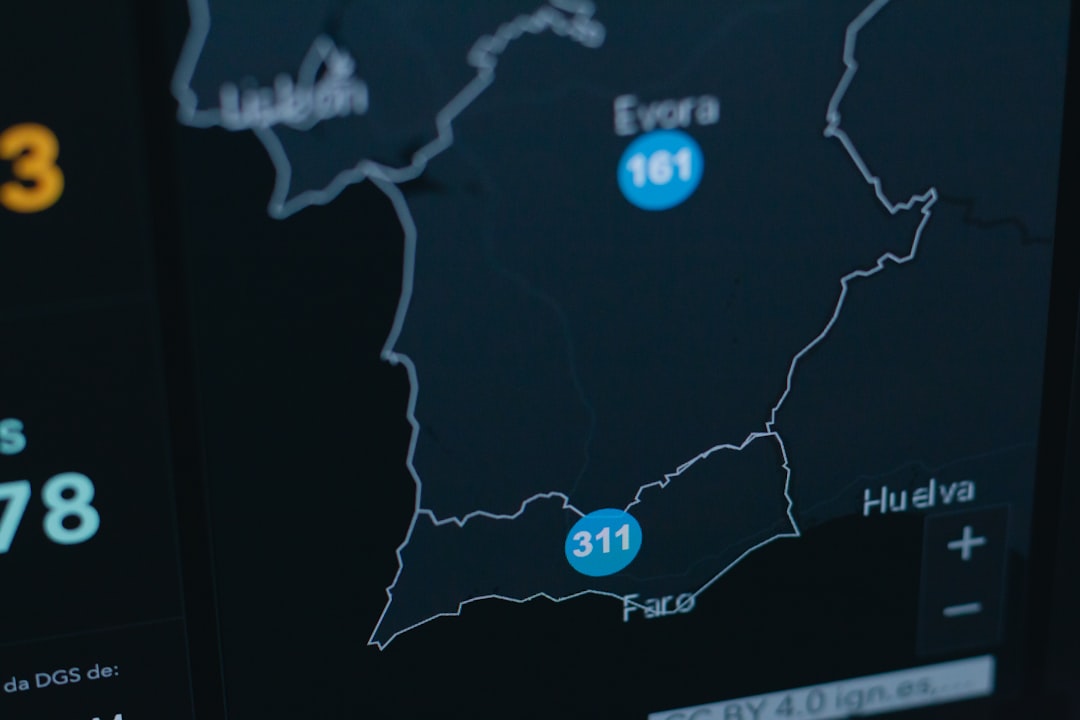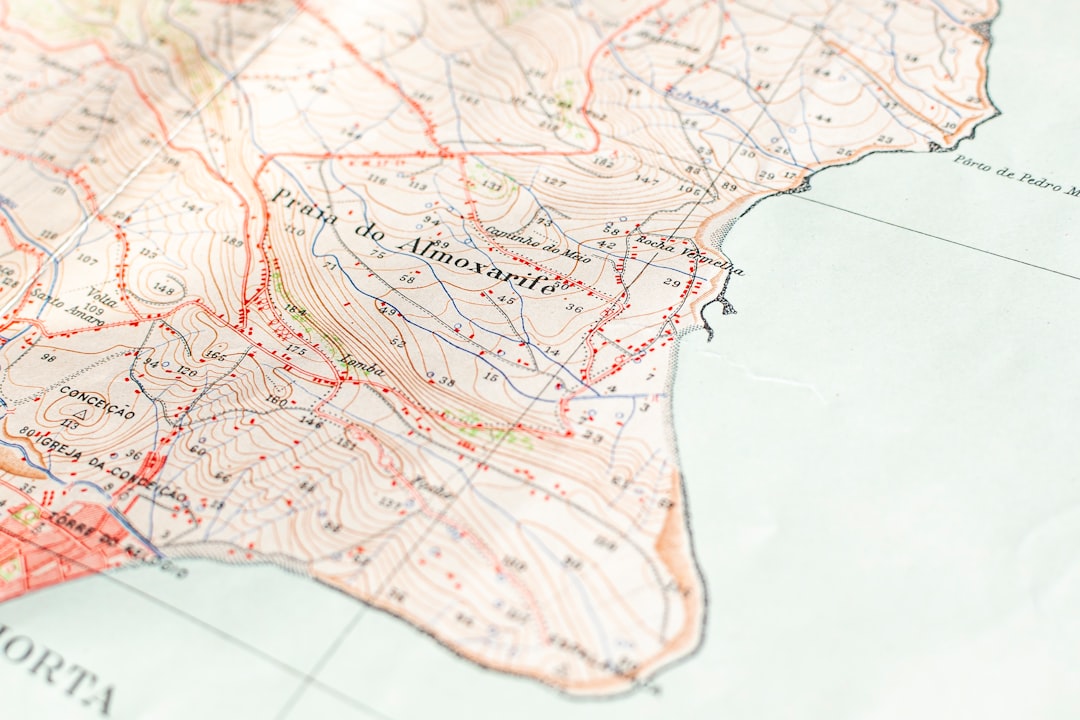In today’s digital landscape, having a strong local online presence is critical for service-based businesses. Whether you’re a plumber, electrician, landscaping company, or cleaning service, your customers are looking for you in specific areas. That’s where a smart Local Service Area Plugin for WordPress can make a world of difference. These plugins allow businesses to clearly show the geographic areas they serve, making it easier for customers to find and contact them. They also improve your local search engine optimization (SEO), helping your site rank better for “near me” searches.
Why Showing Your Service Area Matters
Customers prefer to work with service providers that are close to them. Whether explicitly stated or not, proximity often becomes a deciding factor. Displaying your coverage area on your WordPress website does the following:
- Increases Trust: Potential customers feel reassured when they know your business services their location.
- Improves SEO: Displaying service locations helps search engines better understand your geography, improving local search results.
- Reduces Inquiries from Unserviceable Zones: Clearly showing your boundaries minimizes unnecessary contact from users outside your area.
If you’re relying on vague or purely textual descriptions of your service regions, then you’re likely leaving opportunities on the table. That’s why a specialized plugin that maps your service coverage is no longer optional—it’s essential.
What Is a Local Service Area Plugin?
A Local Service Area Plugin is a WordPress tool designed to let you define, display, and manage the geographic zones where your services are offered. These plugins often integrate mapping tools such as Google Maps, OpenStreetMap, or a custom map builder. The ultimate goal is to let site visitors quickly understand where your business operates without needing to read through paragraphs of text.
Some plugins go beyond simple maps. They offer features like:
- Radius selection from a central point
- Custom polygon drawing for irregular service zones
- Multiple service regions with specific details per area
- Integrations with contact forms to filter leads based on location
- Dynamic listing pages optimized for local SEO
Regardless of how your business is structured, the ideal plugin will adapt to your needs and scale as your business grows.

Key Features to Look For
When choosing a plugin to manage your service areas, it’s important to evaluate features carefully. Below are the most critical ones that define a reliable, professional-grade service area plugin for WordPress:
1. Interactive Mapping
Look for a plugin that lets you add intuitive, interactive maps to your pages. Users should be able to zoom in/out and get visual feedback on whether they’re within range. This is more engaging than static images or plain text.
2. Geo-Based Filtering
Some plugins allow users to enter their ZIP code or address to instantly check whether your services are available in their area. This adds an extra layer of usability and customer satisfaction.
3. Address Auto-complete
Integrations that use Google Places or other APIs to auto-complete addresses make user interactions faster and more accurate.
4. Search Engine Optimization (SEO) Enhancements
Plugins that allow you to generate unique landing pages for each service area greatly improve your visibility on search engines. Proper schema markup and local business metadata also help boost rankings.

5. Mobile Responsiveness
Ensure that any map or area selection component performs well on mobile devices. More than half of local searches happen on smartphones, so responsiveness is vital.
6. Easy Backend Management
An ideal plugin should let your team easily add, edit, or delete service zones from the WordPress admin panel without having to write code. A graphical interface is a major plus.
7. Compatibility With Other Plugins
Seamless operation with your contact form, CRM, booking system, and caching plugin can prevent complications down the line.
Popular WordPress Local Service Area Plugins
To help narrow your selection, here are a few of the top-rated plugins in the WordPress ecosystem for mapping local service areas:
- WP Multi Store Locator Pro: Allows you to add multiple locations with map clustering, custom filters, and radius-based search.
- MapSVG: A powerful option that allows vector map creation and detailed region customization for advanced users.
- Service Area for Elementor: Specifically designed for Elementor users; includes drag-and-drop functionality and zone highlighting.
- Business Profile Plugin by Five Star Plugins: Great for adding schema and structured data for local business, with support for service area coverage.
Each of these has its pros and cons depending on your WordPress setup and the size or scope of your service offering.
Implementation Tips for Best Results
Just installing a local service area plugin won’t automatically increase traffic or conversions. To make the most of it, follow these best practices:
- Strategic Placement: Place your map or location checker near contact forms, on the homepage, and on dedicated service area pages.
- Keep It Updated: If your service areas change seasonally or expand, update the map and associated metadata promptly.
- Use Descriptive Area Names: Don’t just list ZIP codes. Include neighborhood names, townships, or metro areas that your target audience recognizes.
- Avoid Information Overload: If you serve dozens of regions, don’t clutter your map—opt for grouped listings or expandable menus.
- Monitor Analytics: Use tools like Google Analytics and Hotjar to see how visitors interact with your location features. Tweak placement and UX accordingly.
The SEO Edge of Location Pages
By pairing your service area maps with separate pages optimized for each region, you greatly enhance your SEO potential. Each page can target hyper-local keywords, include customer testimonials from that region, and define geo-specific service offerings.
This is commonly referred to as a “local landing page” strategy. For example, if you’re a roofing contractor in Chicago, you could have separate pages for:
- Chicagoland North
- Downtown Chicago
- South Side
- Oak Park
- Evanston
Each of these should link from your service area map or selection tool, offering Google (and your customers) a seamless experience from discovery to contact.
The Future of Local Service Mapping
As consumer expectations evolve, geo-personalization will only become more important. Customers demand quick answers to their most basic question: “Can you serve me?” A location-aware WordPress site powered by a smart service area plugin answers that instantly—building trust, improving SEO, and increasing conversions.

Voice search, AI, and real-time data processing will soon enable even more personalized service delivery. Businesses that invest in the right technology today will be better positioned to win more local customers tomorrow.
Conclusion
A Local Service Area Plugin isn’t just a tech add-on—it’s a business tool that empowers you to define where and how you reach customers. It combines visual clarity for users with strategic SEO benefits, helping you stand out in an increasingly competitive local search environment.
If you serve specific areas, don’t leave users guessing. Let a reliable WordPress plugin do the talking—clearly, professionally, and smartly.



